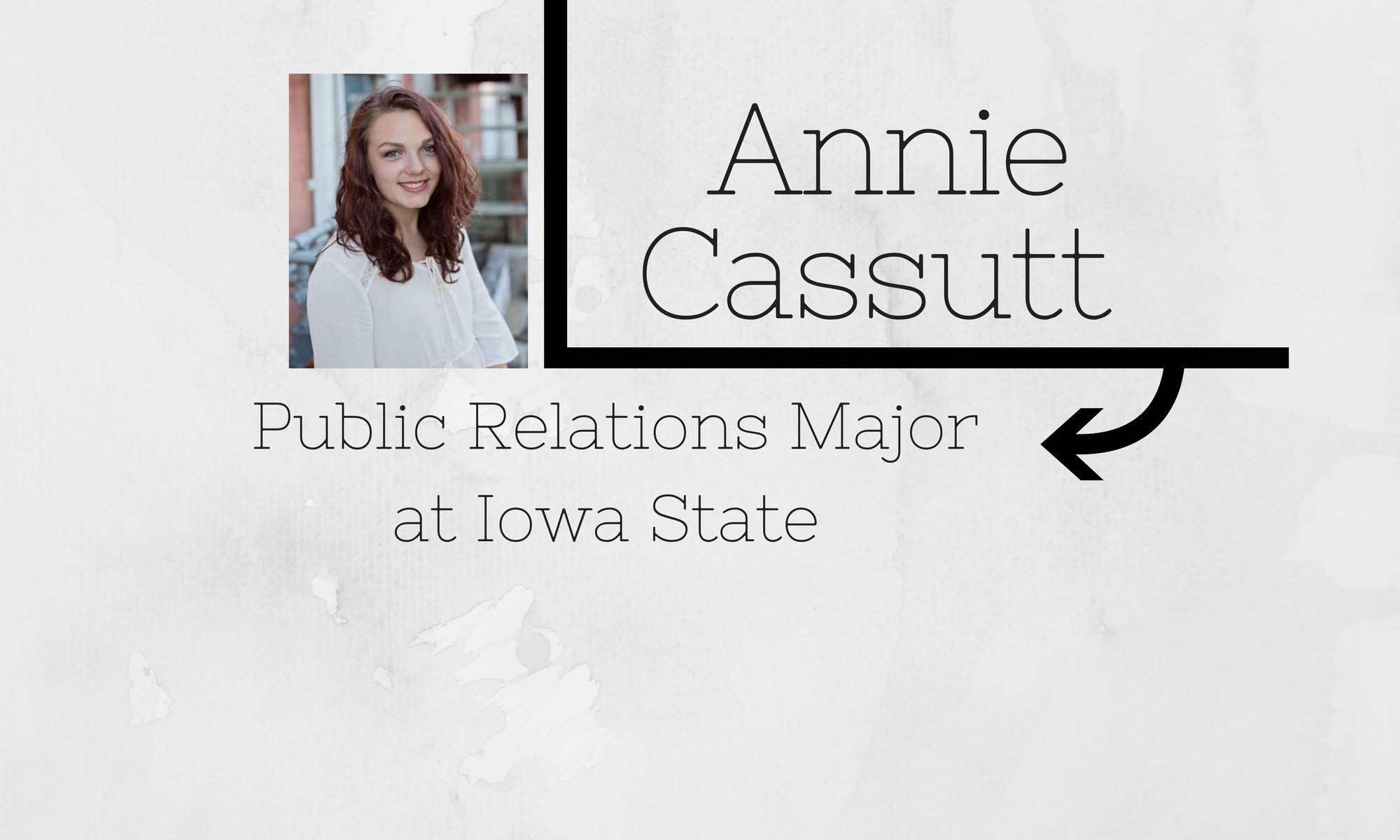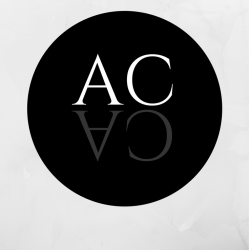My portfolio
In this ePortfolio, I have included work exampled from English 250, in class assignments, and reflections about each project. In this portfolio, I focused on WOVE skills. WOVE stands for written, oral, visual, and electronic. There is a menu at the top of my homepage including a category called ENG 250. In that category, there are subcategories including all of my WOVE work examples and reflections about them.
Letter to Instructor
Through taking this course, I have changed as a writer and my writing process has changed. One of the main skills I have gained, is my ability to plan better. Before I took this class I would never think about my essays before I wrote them. I would usually turn in one draft without an outline or any sort of planning at all. Typically I would research and brainstorm as I wrote the paper. While taking this class, I did a much better job of planning what I was going to. write about or analyze before I began each projects.
When I start to think about ideas for a project, I think choose something that I care about so that I will have an interest in it. I have to make sure it is something that has research to back it up. When I find a subject that is sufficient to write about, I try to come up with the big ideas I want to research. This process depends on what the criteria of each project is. After the big ideas are chosen, I look up information, typically online, and put the best quotes I find into my outline.
When writing a paper or making a project, I think the audience is a big thing to be considered. The language that you use, the length, and the sources you use are all things that could be altered depending on your audience. When I wrote my documented essay I tried to use more formal language whereas when I wrote my script for my visual analysis I used a very casual, millennial lingo.
When I write my drafts, I start my looking at useful quotes from my sources. I look for quotes that really explain what I am trying to say in my paper, but in a way that I can’t explain on my own. Once I have several helpful quotes I build my paper around them. Usually, I try to have about one quote per paragraph depending on the paragraph length. I try to just write around the quotes in my first draft, then after that I go in to add transitions on my next draft. Once I have a good skeleton of quotes, transitions, and just factual information I want to include, I then begin my “final draft” which is where I add final details. Typically, I just keep editing the first draft as opposed to making three separate documents.
Another aspect of my revising has to do with my thesis. Before I took this class, I would write one, one stance thesis and never change it throughout writing my paper. During this course, I learned that a thesis can be more than one sentence and it can change as you write your paper.
When I make said revisions, I do ask for input from others. In class this semester we did peer revisions. My group did a very nice job telling me their honest opinion on things they thought were good or not so good about my papers. If I had a major question about something, I would just ask Derik and he would help me as much as he could. Especially when it came to changing my thesis which is something I had never done before this course. Another person I would ask to read my papers is my mom. She a very smart lady and is good at catching grammatical errors, and I know she will give me her honest opinion.
My editing process has changed greatly since taking this course. Like I talked about in an earlier paragraph, I would go through about three times and add more and more detail each time. That is very different than the process I went through in all my other previous English classes. I used to simply write the paper as I went and would sometimes not even read over but before I turned it in. Through the course of this class, I have learned that you can catch so many small details if you take the time to read through it. When it comes to mechanics, my biggest problem in overuse of commas I would say. I am a big comma user, and sometimes use it too much. My biggest help with that is having people, such as my peers or my mom, read through my work before I turn it in.
As this course ends, I hope to still continue to broaden my communication skills in the WOVE categories. I am sure I will continue to write papers, make presentations, and give speeches; therefore, I will continue to elaborate on written, oral, visual, and electronic communication. Because of this course, I have a sting base within each category and I hope as I grow as a writer and communicator my skills will grow with me.

